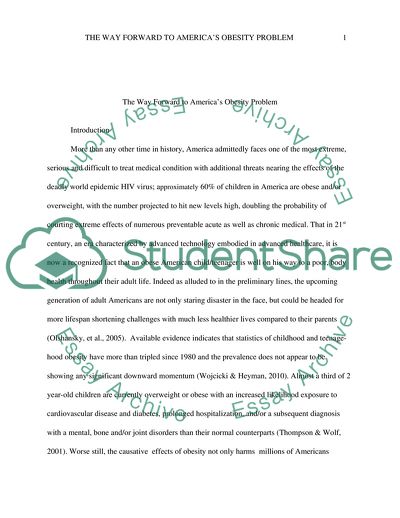Cite this document
(The Way Forward to Americas Obesity Problem Essay Example | Topics and Well Written Essays - 1250 words, n.d.)
The Way Forward to Americas Obesity Problem Essay Example | Topics and Well Written Essays - 1250 words. https://studentshare.org/health-sciences-medicine/1836412-obesity-in-america
The Way Forward to Americas Obesity Problem Essay Example | Topics and Well Written Essays - 1250 words. https://studentshare.org/health-sciences-medicine/1836412-obesity-in-america
(The Way Forward to Americas Obesity Problem Essay Example | Topics and Well Written Essays - 1250 Words)
The Way Forward to Americas Obesity Problem Essay Example | Topics and Well Written Essays - 1250 Words. https://studentshare.org/health-sciences-medicine/1836412-obesity-in-america.
The Way Forward to Americas Obesity Problem Essay Example | Topics and Well Written Essays - 1250 Words. https://studentshare.org/health-sciences-medicine/1836412-obesity-in-america.
“The Way Forward to Americas Obesity Problem Essay Example | Topics and Well Written Essays - 1250 Words”. https://studentshare.org/health-sciences-medicine/1836412-obesity-in-america.


